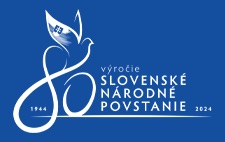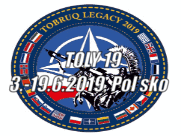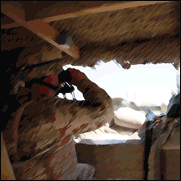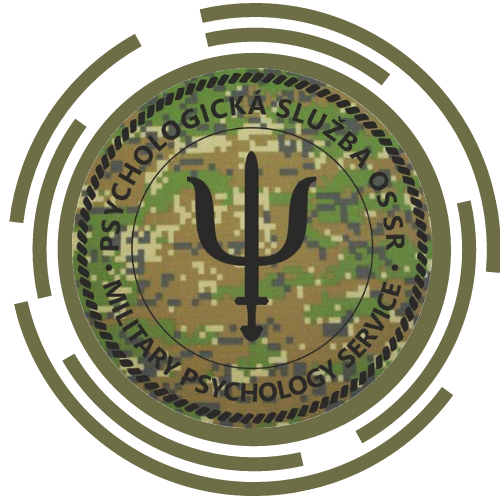Basic terms
Since the early 1990s, military conflicts and the use of military force have excess many traditional and hitherto proven procedures of conflict management.
Due to the changes in these procedures, there has been an intensive transformation of Special Operations Forces (SOF) and their command and control at the strategic, operational and tactical levels.
Special Operations Forces form part of the armed forces of the member states of the Alliance and are directly used for the security policy of the state and for sensitive and discreet operations. They are designated forces of an active or reserve component in the military service of a country, SOF are specifically organized, trained and equipped to conduct and support special operations.
Special Forces (SF) are specific units organized, trained and equipped to conduct special operations with an emphasis on conducting unconventional combat activity.
Special operations require unique deployment methods, tactics, techniques, procedures and equipment. They are often conducted in a hostile, inaccessible or politically / diplomatically sensitive environment. They are characterized by one of the following characteristics: temporal sensitivity, hidden or covert character, low signature, working with or through domestic, rebel, irregular forces or a third party, greater requirements for regional orientation and cultural knowledge, dependence on intelligence and domestic resources, and a higher degree of strategic, physical, political and diplomatic risk than in conventional operations. They can be led independently or in coordination with conventional forces, host countries, multinational or inter-agency partners and domestic populations to achieve strategic-political goals by evaluating or shaping the political and military environment. They are conducted across the spectrum of conflict to achieve an immediate or long-lasting effect in order to facilitate the prevention or deterrence of conflict or war victory.










